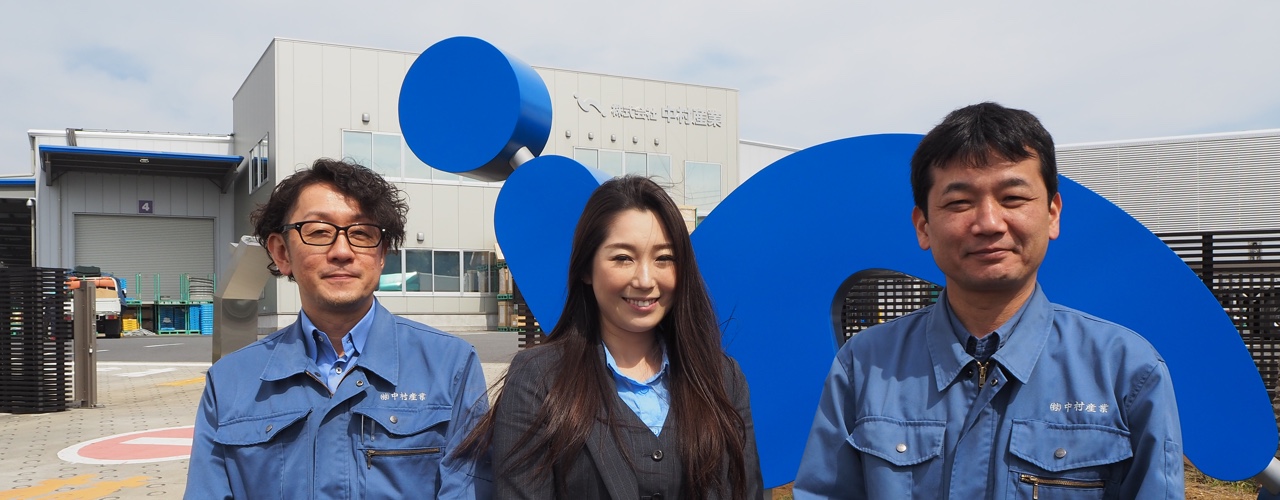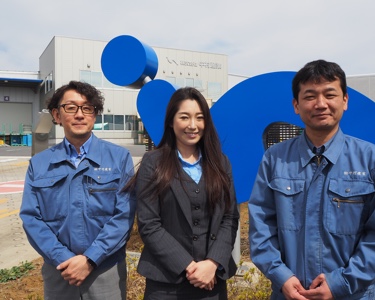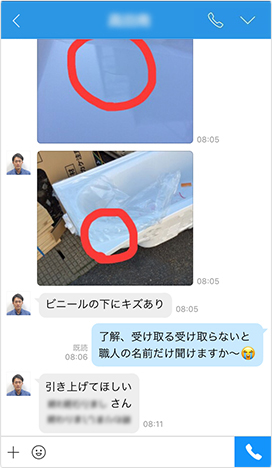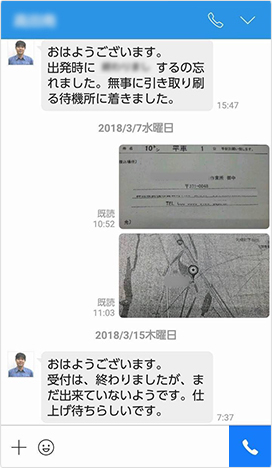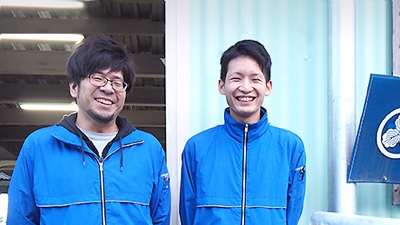Based in Chiba City, Chiba, Nakamura Sangyou Corp. provides comprehensive transport and logistics services based on the company concept of ‘Transportation from the customer perspective’. The company also operates event and warehouse business, mainly in the center of transporting housing materials in Kanto region. They introduced LINE WORKS to have flawless communicate with drivers, who drives all over the country. We interviewed Mr. Yoshida, Ms. Takakura, and Mr. Tanaka to hear the problems they encountered before the introduction and the changes made after the introduction.
Tell us about your company and individual roles
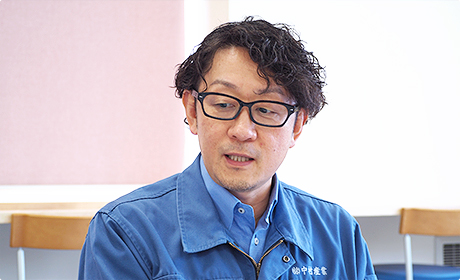
Mr. Yoshida:
I am in charge of systems-related works, and also general affairs.
Ms. Takakura:
I am in charge of office works at the Headquarters.
Mr. Tanaka:
I am in charge of truck management at the Headquarters.
What were the issues before the introduction of LINE WORKS?
Mr. Yoshida:
In our company, it is daily routine for drivers, who move across the country, report to the headquarters, and headquarters sends a map to the driver the next destination. We mostly used phone calls or SMS to do so. It is very important for us to keep track of moving route and behavior of each driver since the moving situation changes on a daily basis. It took a great amount of time when contacting with the drivers through phone calls since we have about 50 drivers working everyday.
On delivery day, if our customer calls us either to confirm the delivery time or change the delivery time, we have to send information about such issue to the driver in a prompt manner. At times, however, we could not reach out to the driver promptly, and we had to feel nervous as if the time takes too long.
Mr. Tanaka:
Not being able to share photos with the drivers was the most uncomfortable limitation that we faced. If we take photo of the map and send it to the driver, it can deliver information much accurately than call the driver and explain about the next destination for the delivery. It was also uncomfortable to deliver detailed information through phone calls, such as notifying the driver about the road conditions, in which big trucks cannot enter. Moreover, if we find damaged parcel, we need to contact headquarters and they contact the customer. However, there were issues which cannot be explained solely by verbal communication. Therefore, we sometimes had to use personal email and messenger accounts to send customer photos.
What was the decisive reason that drove you to turn to LINE WORKS?
Mr. Yoshida:
It is true that we have considered introducing a new business communication tool to our company in the past. But, we could not easily introduce the tool because we thought that company communication tool should easily be used by the employees and should also be sharable. Therefore, we ended up with a conclusion that LINE WORKS, a similar tool to LINE, is the most suitable tool for introduction. We were also positive about LINE WORKS since we can operate the tool in both smart phone app and PC browsers. Available features, including Calendar feature, share information in a group level feature, and most importantly, send photo feature were the decisive factors which led us to turn to LINE WORKS.
What did you consider the most when introducing LINE WORKS?

Ms. Takakura:
After the introduction decision was made, I took part in actual introduction work for each employee. We were able to reduce the burden in the administration by sending out documents on installation and password setting to the drivers and let them set up the account on their own. Due to its similarities interface with LINE, we found it easy to use. About a week after, all the employees successfully finished their account setting.
Tell us the specific use cases for LINE WORKS
Mr. Yoshida:
We archive address information which are yet to be updated, such as a new building site with not street address or a road information in which big trucks cannot pass by. LINE WORKS has made it convenient to send map image to the drivers. Even when we find damage on the material, it is now possible to clearly notify the customer even about the damage that is hard to identify at a glance in detail by sending photos. We also like LINE WORKS in a perspective of we can keep a record of communication in order to prevent problems from occurring in the future.
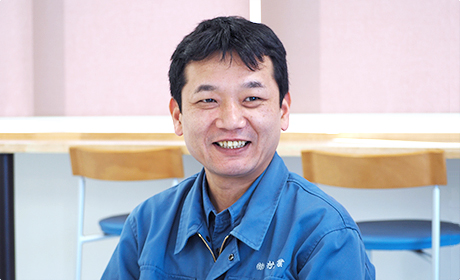
Mr. Tanaka:
We are sending photos of requested documents that specify which parcel to deliver, and where to deliver. Requested documents, which are sent from the customers, should be delivered to the drivers in real-time. In case of long-distance delivery schedule, there is a case where the loading schedule is not determined when returning from the departure point. In such a case, the driver must contact again after departure. Instead of verbal communication, if we send photographs taken through the messenger, we can communicate more clearly and we can also share information quicker than before by using LINE WORKS.
Mr. Yoshida:
Using LINE WORKS Calendar feature, employees working in the logistics center are sharing information such as customer visit information, parcel arrival condition, vehicle inspection information, and non-usual vacation schedule and so on. Previously, we had to stand in a line in order to copy the vehicle inspection certificate. And it was very analog way of managing the vehicle inspection schedule. After LINE WORKS introduction, however, we can now register which and when the vehicle will be inspected and everyone can share the schedule.
Ms. Takakura:
I am sending out information regarding website updates or medical checkup using LINE WORKS Messenger feature. Read notification is helpful to me since I can figure out whether all the employees read the message or not.
What are the effects after the introduction of LINE WORKS?
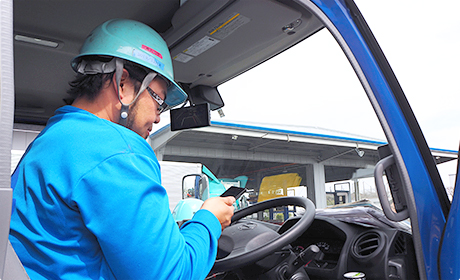
Ms. Takakura:
Up until now, each individual had to call one another even when working together. But today, multiple employees can communicate simultaneously using LINE WORKS group chatting room. Due to this, we feel like our teamwork has become greater than before. With LINE WORKS sticker, communication is becoming more active and therefore, the work progresses smoothly.
Mr. Tanaka:
After LINE WORKS introduction, rate of phone call usage reduced by half. We rarely use SMS thesedays.
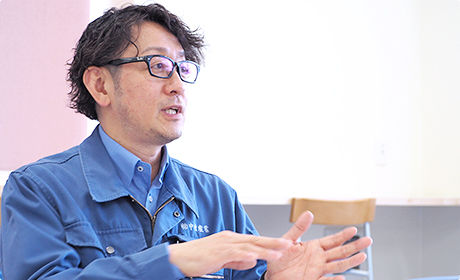
Mr. Yoshida:
As we can share information accurately and promptly, the problems such as ‘we did not hear it’ or ‘we did not know’, which we used to have are eliminated. LINE WORKS Calendar feature enables us to send notifications to important information. With this, all the employees gained a habit of checking notifications every morning, endeavoring not to miss any of the schedule. And this definitely is a positive change made to our company.
Overall processing time on customer inquiries has reduced as we introduce LINE WORKS. As we can either directly send photos which received from the drivers to the customers or ask drivers to take photos again if the resolution of the photos is not clear enough, the overall processing time has reduced, while accuracy has increased.
This field is all about ‘deduction’. It is natural to send customers’ items to the place as specified at the designated time. If delayed, the deduction happens. ‘Next level of logistics’ policy, which our representative director promotes includes speed and quality of transport. To do so, information sharing is the most important factor. As we are sharing information in a prompt manner, the possibilities to prevent ourselves from deducting to minus in advance has increased. After LINE WORKS introduction, not only working efficiency has improved, but also quality of the service we provide. We think it is a great evolutionary change at the company level.
※ All details, affiliations, and positions specified were gathered at the time of interview.
